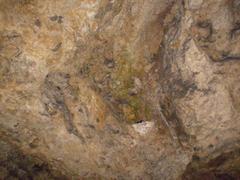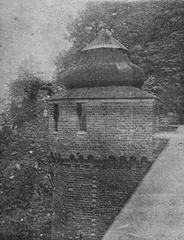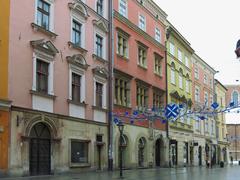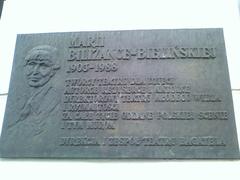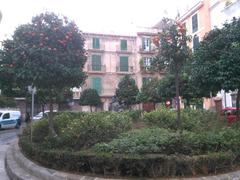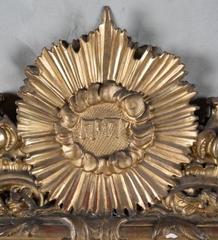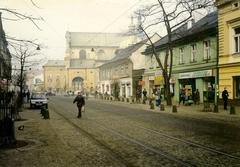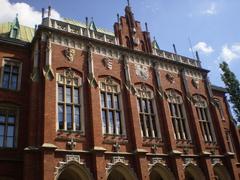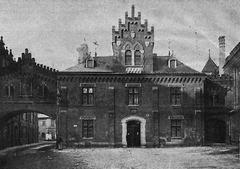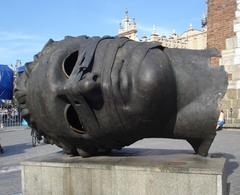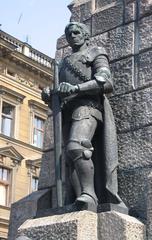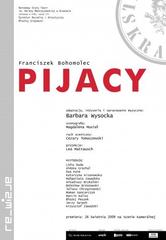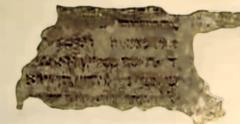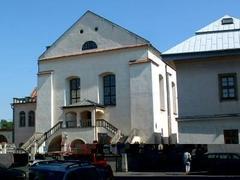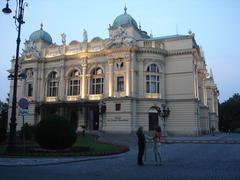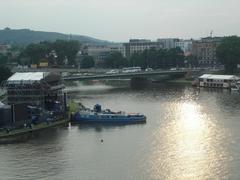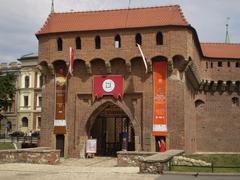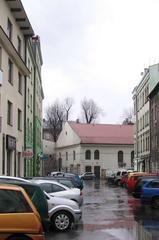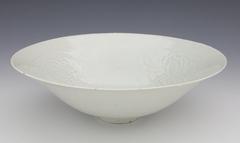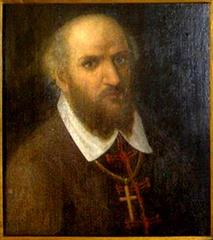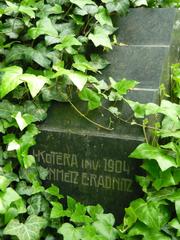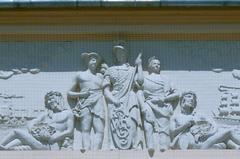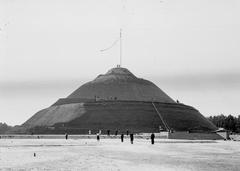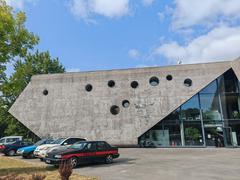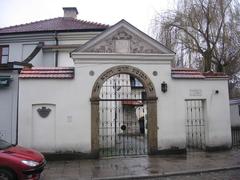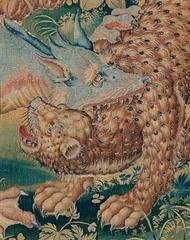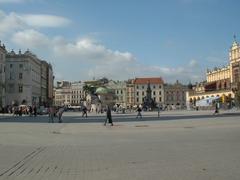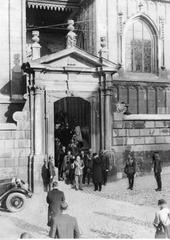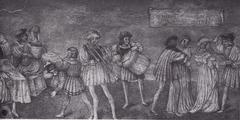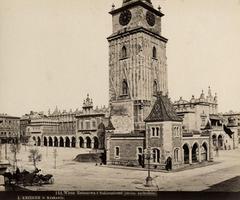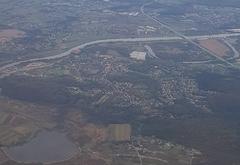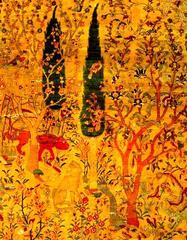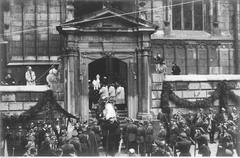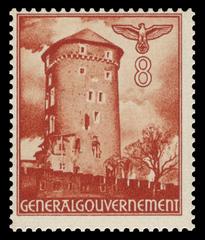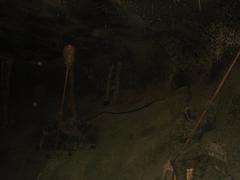
Visiting Hours, Tickets, and Historical Sites of Smocza Jama, Kraków
Publication Date: 19/07/2024
Introduction to Smocza Jama
Nestled at the foot of Wawel Hill in Kraków, Poland, Smocza Jama, or the Dragon’s Den, is more than just a limestone cave; it is a cultural and historical emblem deeply rooted in Polish folklore and history. The cave’s earliest mentions date back to the 12th century, primarily through the works of Wincenty Kadłubek, a Polish chronicler, who narrated the tale of the fearsome Wawel Dragon that once terrorized the local populace (Poland Travel). According to legend, the dragon was eventually slain by a clever shoemaker named Skuba, who fed it a sulfur-filled lamb causing the dragon to drink so much water from the Vistula River that it exploded (Culture.pl).
The cave has been a site of human activity since prehistoric times, serving as a shelter and strategic lookout point. Archaeological excavations have unearthed artifacts such as stone tools and pottery shards, indicating continuous human activity over millennia (Kraków Info). During the medieval period, Smocza Jama was part of the Wawel Castle’s defense system and may have served as a secret escape route for the royal family. The cave’s historical significance continued through the Renaissance and Baroque periods, where it was popularized further through literature and art (Wawel Royal Castle).
Today, Smocza Jama is a major tourist attraction within the Wawel Royal Castle complex, which is a UNESCO World Heritage Site. Modern amenities, including guided tours and interactive exhibits, have been added to enhance the visitor experience (UNESCO World Heritage Centre).
What You Will Find in This Guide
- Introduction
- History of Smocza Jama
- Origins and Early History
- The Legend of the Wawel Dragon
- Archaeological Findings
- Medieval Significance
- Renaissance and Baroque Periods
- Modern Era and Preservation
- Recent Developments
- Visiting Smocza Jama
- Opening Hours and Tickets
- Travel Tips
- Nearby Attractions
- Accessibility
- Special Events and Tours
- Cultural Impact
- Conclusion
- FAQ
Smocza Jama - History, Legends, and Visitor Information for Kraków’s Dragon’s Den
History of Smocza Jama
Origins and Early History
Smocza Jama, or the Dragon’s Den, is a limestone cave located at the foot of Wawel Hill in Kraków, Poland. The cave’s history is deeply intertwined with the legends and folklore of the region. The earliest mentions of Smocza Jama date back to the 12th century, primarily through the works of Wincenty Kadłubek, a Polish chronicler (Poland Travel).
The Legend of the Wawel Dragon
The legend of the Wawel Dragon is one of Poland’s most famous tales. It is said that the dragon lived in the cave and demanded weekly offerings of cattle from the townspeople. If the offerings were not made, the dragon would devour the villagers. The legend further narrates that the dragon was eventually slain by a clever shoemaker named Skuba, who fed the dragon a lamb filled with sulfur. The dragon, upon consuming the lamb, became extremely thirsty and drank so much water from the Vistula River that it exploded (Culture.pl).
Archaeological Findings
Archaeological excavations in and around Smocza Jama have revealed that the cave has been inhabited since prehistoric times. Evidence suggests that early humans used the cave for shelter and as a strategic lookout point. Artifacts such as stone tools and pottery shards have been discovered, indicating continuous human activity in the area over millennia (Kraków Info).
Medieval Significance
During the medieval period, Smocza Jama gained prominence due to its association with the Wawel Castle, which was the residence of Polish kings. The cave’s strategic location made it an essential part of the castle’s defense system. It is believed that the cave was used as a secret escape route for the royal family in times of siege. Additionally, the cave’s entrance was fortified, and it served as a storage area for weapons and provisions (Wawel Royal Castle).
Renaissance and Baroque Periods
In the Renaissance and Baroque periods, the cave continued to be a point of interest. The legend of the Wawel Dragon was popularized further through literature and art. The cave became a symbol of Kraków’s rich cultural heritage and was often depicted in paintings and sculptures. During this time, the cave was also explored more extensively, and its geological features were documented by scholars and naturalists (Polish Tourism Organization).
Modern Era and Preservation
In the 19th and 20th centuries, Smocza Jama underwent significant changes. The cave was opened to the public as a tourist attraction, and efforts were made to preserve its historical and cultural significance. In 1974, a statue of the Wawel Dragon was erected near the cave’s entrance, further cementing its status as a cultural landmark. The statue, designed by Bronisław Chromy, is a popular attraction and even breathes fire at regular intervals (Kraków City Guide).
Recent Developments
In recent years, Smocza Jama has continued to attract tourists from around the world. The cave is part of the Wawel Royal Castle complex, which is a UNESCO World Heritage Site. Modern amenities have been added to enhance the visitor experience, including guided tours and interactive exhibits that delve into the cave’s history and legends. The cave remains a testament to Kraków’s rich historical and cultural tapestry (UNESCO World Heritage Centre).
Visiting Smocza Jama
Opening Hours and Tickets
Smocza Jama is open to visitors year-round. The typical visiting hours are from 9 AM to 5 PM, though these can vary by season. It’s recommended to check the official Wawel Royal Castle website for the most up-to-date information on hours and ticket prices. Tickets can be purchased online or at the entrance.
Travel Tips
Located at the foot of Wawel Hill in Kraków, Smocza Jama is easily accessible by public transport. The nearest tram stop is “Wawel,” which is just a short walk away. It’s advisable to wear comfortable shoes as the cave tour involves some walking on uneven surfaces.
Nearby Attractions
While visiting Smocza Jama, take the opportunity to explore other attractions within the Wawel Royal Castle complex, including the Wawel Cathedral and the Royal Chambers.
Accessibility
The cave has been adapted to accommodate visitors with mobility challenges, though some areas may still be difficult to navigate. Contact the visitor center for more information on accessibility options.
Special Events and Tours
Guided tours are available and offer a deeper insight into the history and legends of Smocza Jama. Special events, such as night tours and educational workshops, are held periodically. Check the official website for upcoming events and tours.
Cultural Impact
The legend of the Wawel Dragon and Smocza Jama has had a lasting impact on Polish culture. The story is taught in schools and is a staple of Polish folklore. The dragon has become a symbol of Kraków, appearing in various forms of media, including literature, film, and even video games. The cave itself is a popular subject for local artists and has inspired numerous works of art over the centuries (Polish Culture).
Conclusion
Smocza Jama is not just a cave; it is a symbol of Kraków’s rich history and cultural heritage. From its prehistoric origins to its modern-day status as a tourist attraction, the cave has played a significant role in the city’s development. The legend of the Wawel Dragon continues to captivate the imagination of visitors, making Smocza Jama a must-visit destination for anyone interested in the history and culture of Kraków (Visit Kraków).
FAQ
What are the visiting hours for Smocza Jama?
Smocza Jama is typically open from 9 AM to 5 PM, but hours can vary by season. Check the Wawel Royal Castle website for current visiting hours.
How much do tickets to Smocza Jama cost?
Ticket prices can vary, so it’s best to check the Wawel Royal Castle website for the most up-to-date information.
Is Smocza Jama accessible for visitors with mobility challenges?
While efforts have been made to accommodate visitors with mobility challenges, some areas of the cave may still be difficult to navigate. Contact the visitor center for more information on accessibility options.
Are guided tours available for Smocza Jama?
Yes, guided tours are available and offer a deeper insight into the history and legends of Smocza Jama. Check the official website for upcoming tours and events.
Sources and Further Reading
- Poland Travel (n.d.). Interesting Places: Smocza Jama. https://www.poland.travel/en/interesting-places/smocza-jama
- Culture.pl (n.d.). The Wawel Dragon. https://culture.pl/en/article/the-wawel-dragon
- Kraków Info (n.d.). Smocza Jama. https://www.krakow-info.com/smocza.htm
- Wawel Royal Castle (n.d.). https://wawel.krakow.pl/en
- UNESCO World Heritage Centre (n.d.). Wawel Royal Castle. https://whc.unesco.org/en/list/29/
- Visit Kraków (n.d.). https://visitkrakow.com/
- Polish Culture (n.d.). https://polishculture.pl/
